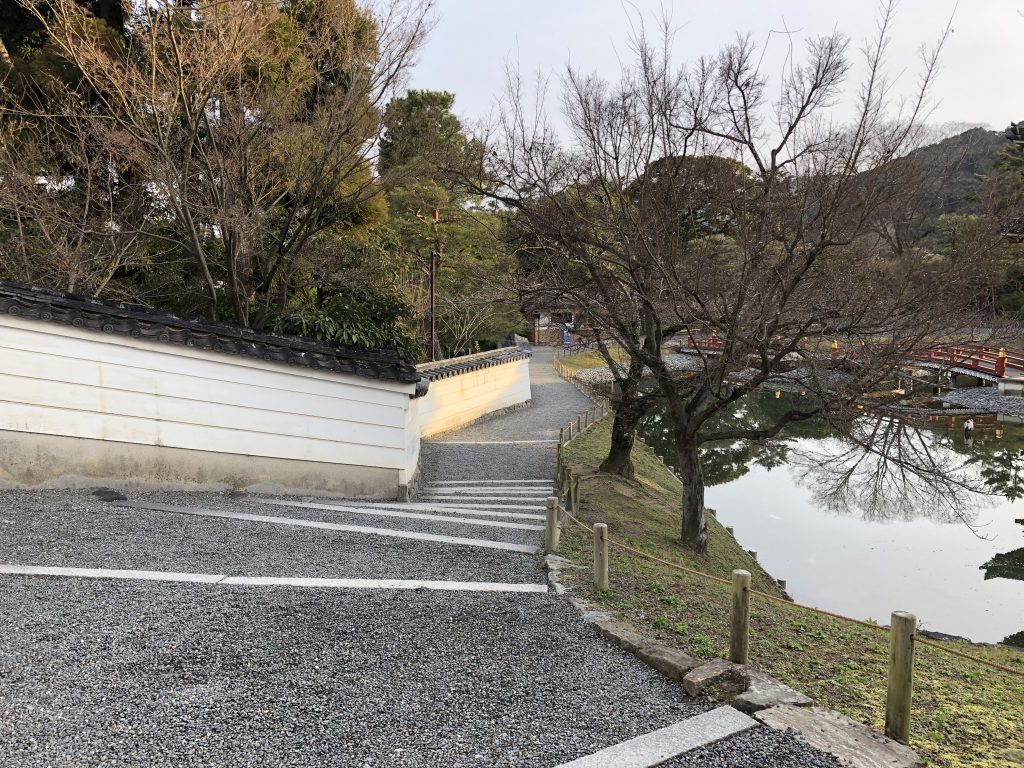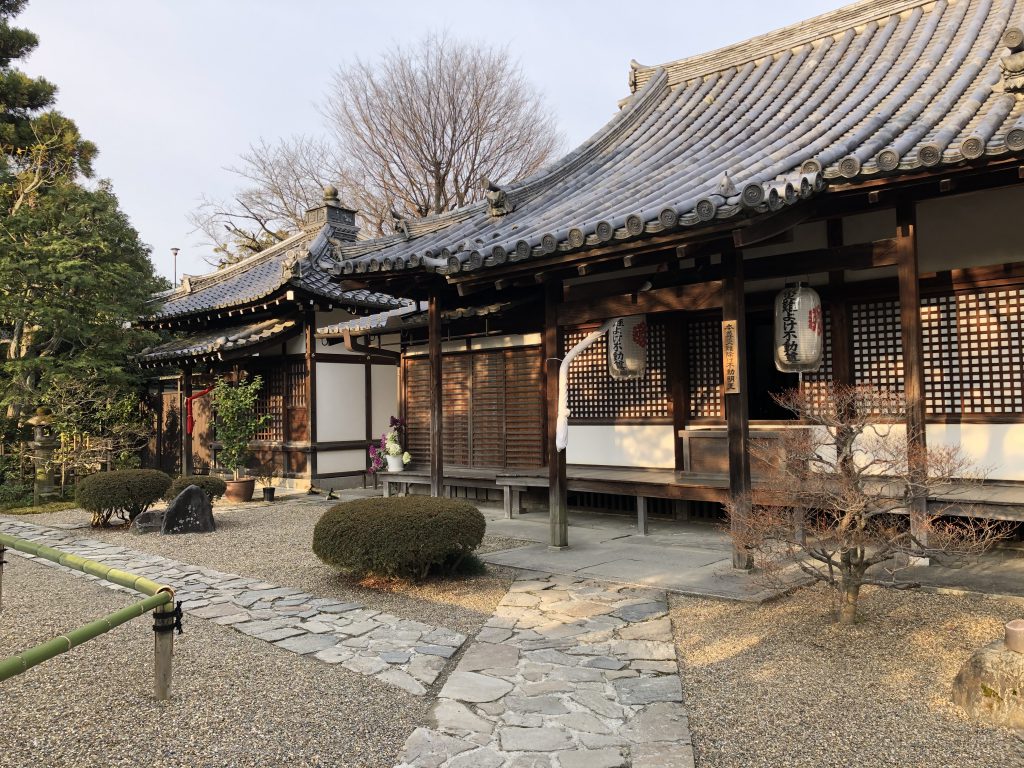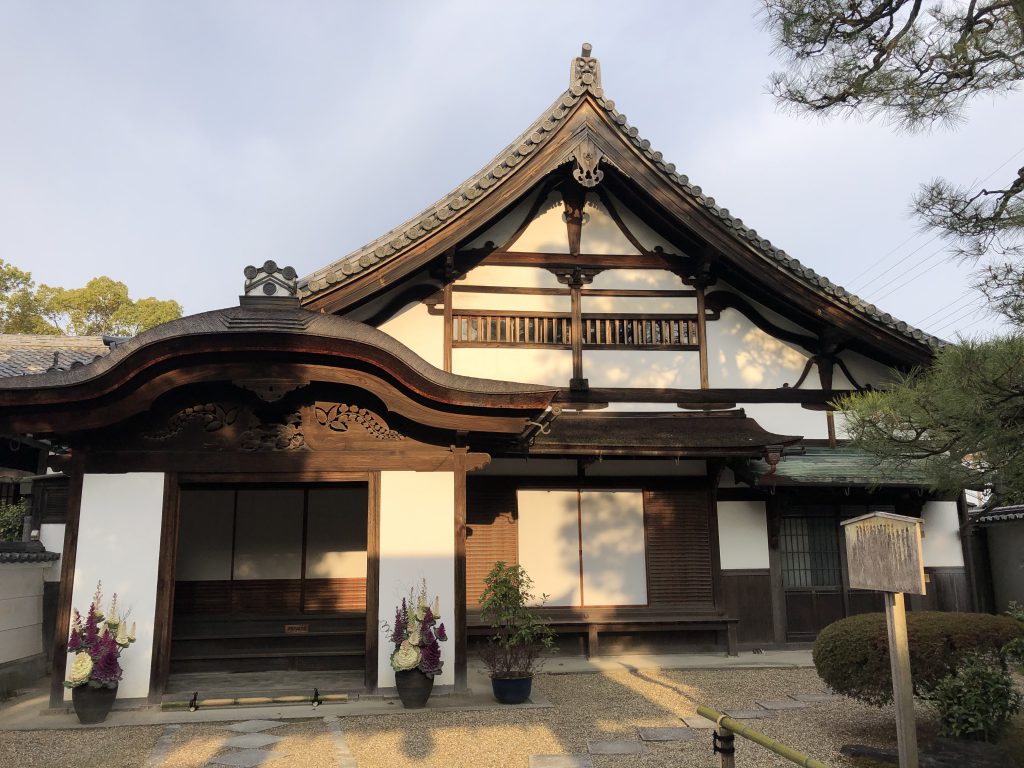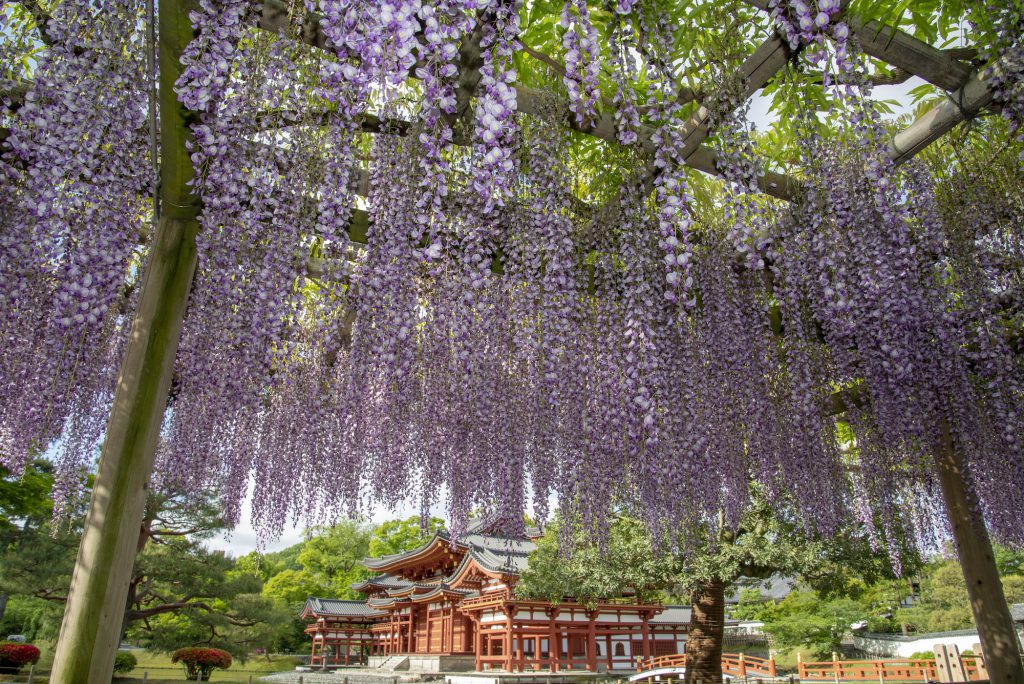Byodoin Temple, a UNESCO World Heritage Site.
Written by National Government Licensed Guide Interpreter Keiko Tsutsui
Today, I visited Byodoin Temple, a UNESCO World Heritage Site, which is a 10-minute walk from JR Uji Station. If you turn the corner shown in the photo near a bank of Uji River, you will soon find the main gate of Byodoin Temple. About 1000 years ago, when Kyoto was the capital of Japan, many nobles constructed their villas along this Uji River for appreciating the beautiful scenery and nature. Byodoin was originally the center of those villas but was converted into a temple in 1052 by Fujiwara-no-Yorimichi.

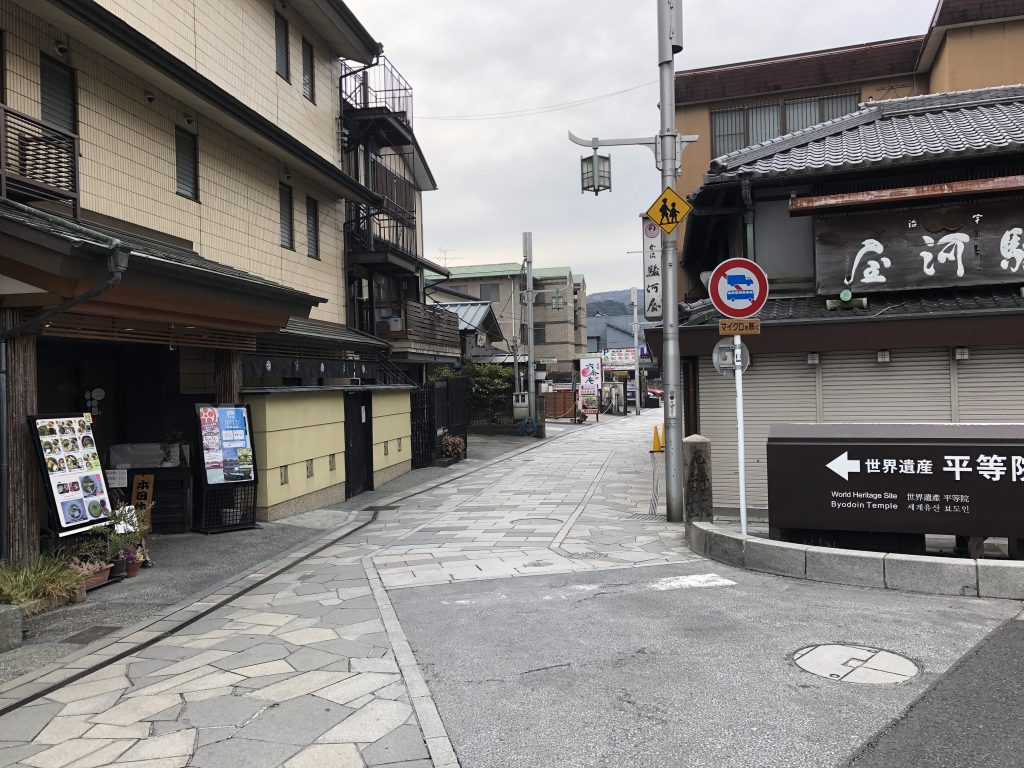

After entering the gate, you will soon find Hou-ou-do meaning Phoenix Hall. Since its foundation in 1053, this Phoenix Hall has retained its original appearance. The founder Fujiwaras, being the closest relative to the imperial family, were the most influential family among the court nobles from 8C to 11C. This Phoenix Hall reflects the glory of Fujiwara Family and implies what the palace of pure land looks like for virtuous people after death. I was happy to take its pictures with perfect reflection on the pond.
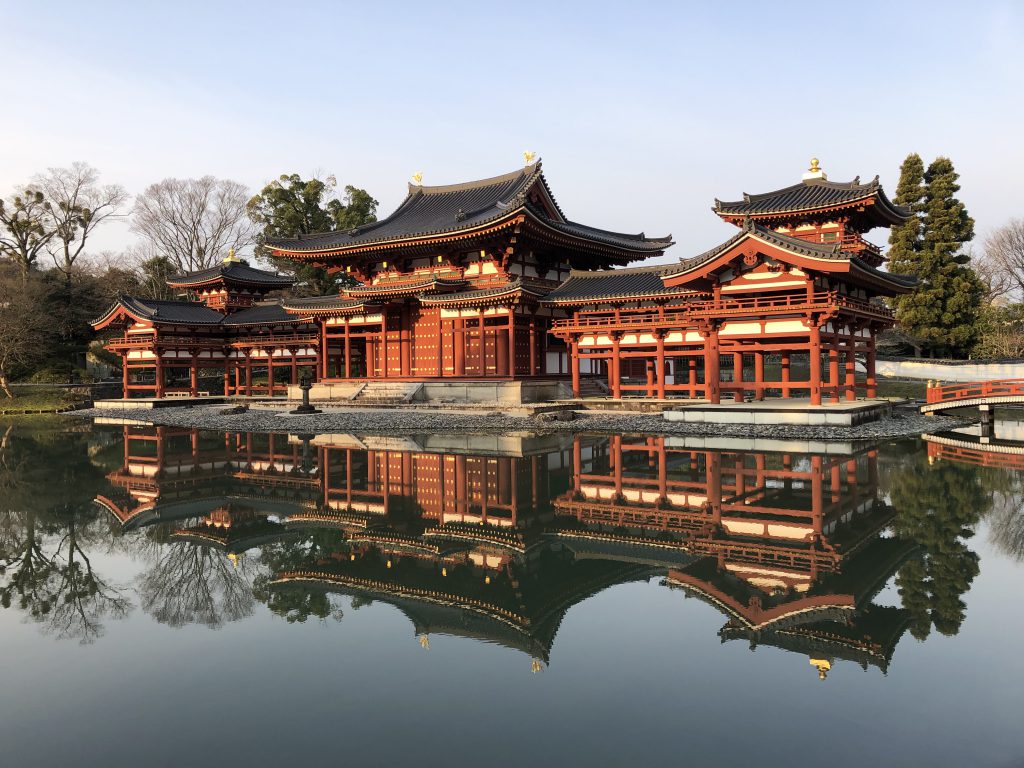
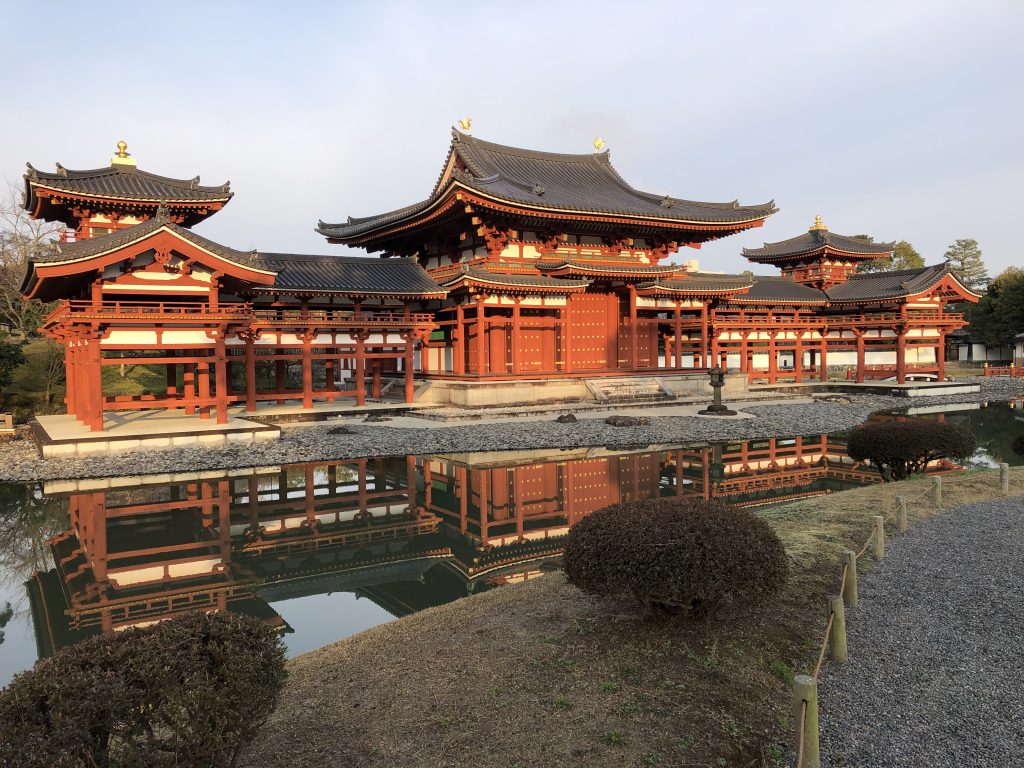
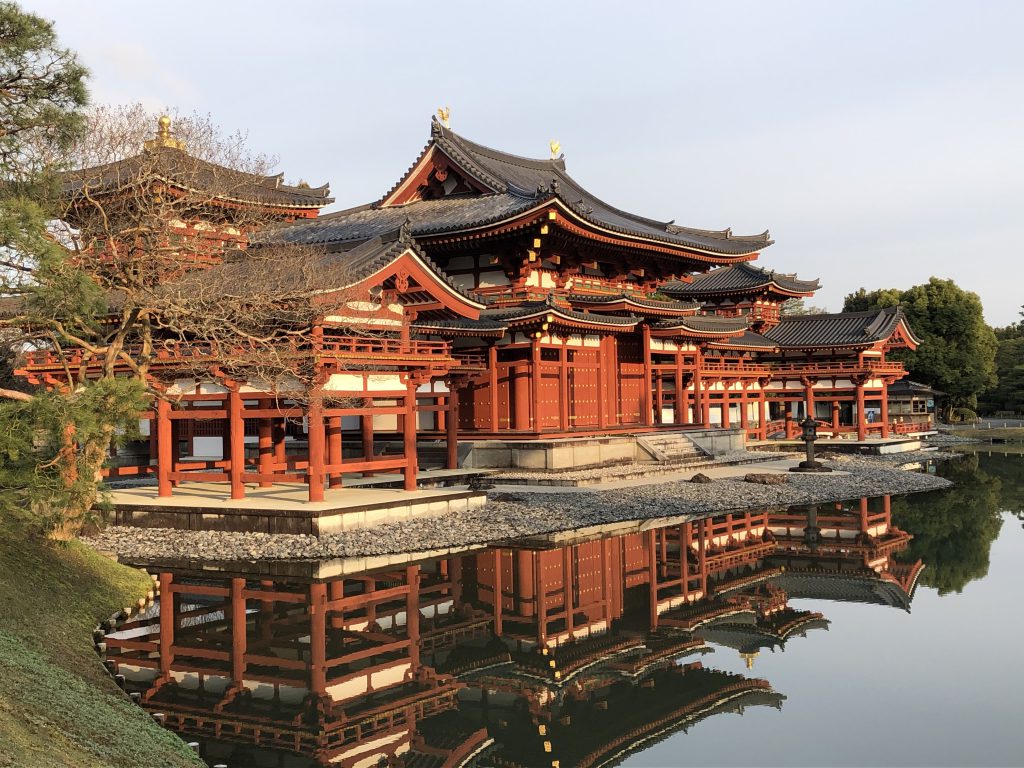
Then, why is it called “Phoenix Hall”? It is because the building looks like a bird with its wings spread and a pair of phoenixes are placed on the roof. It is so popular that you can find the image of Phoenix Hall on a 10-yen coin, and the phoenix on a 10,000-yen bill. Inside of Phoenix Hall, there is a famous seated statue of Amitabha made in 1053. You can enter Phoenix Hall if you get a ticket for the internal tour provided by this temple.
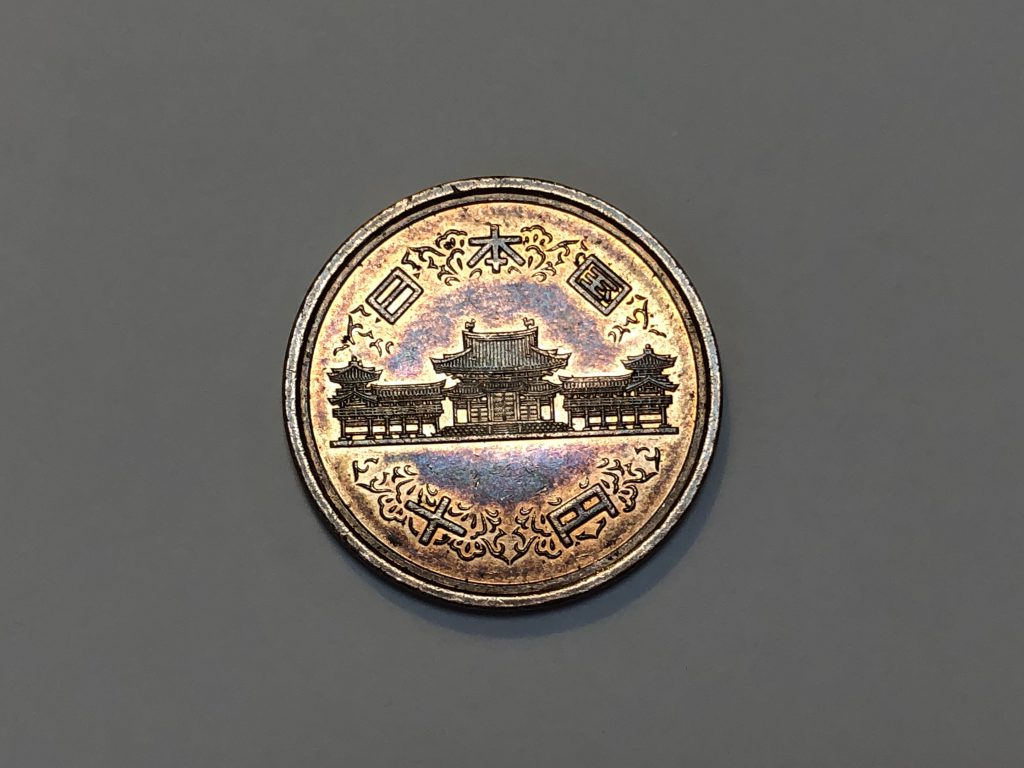
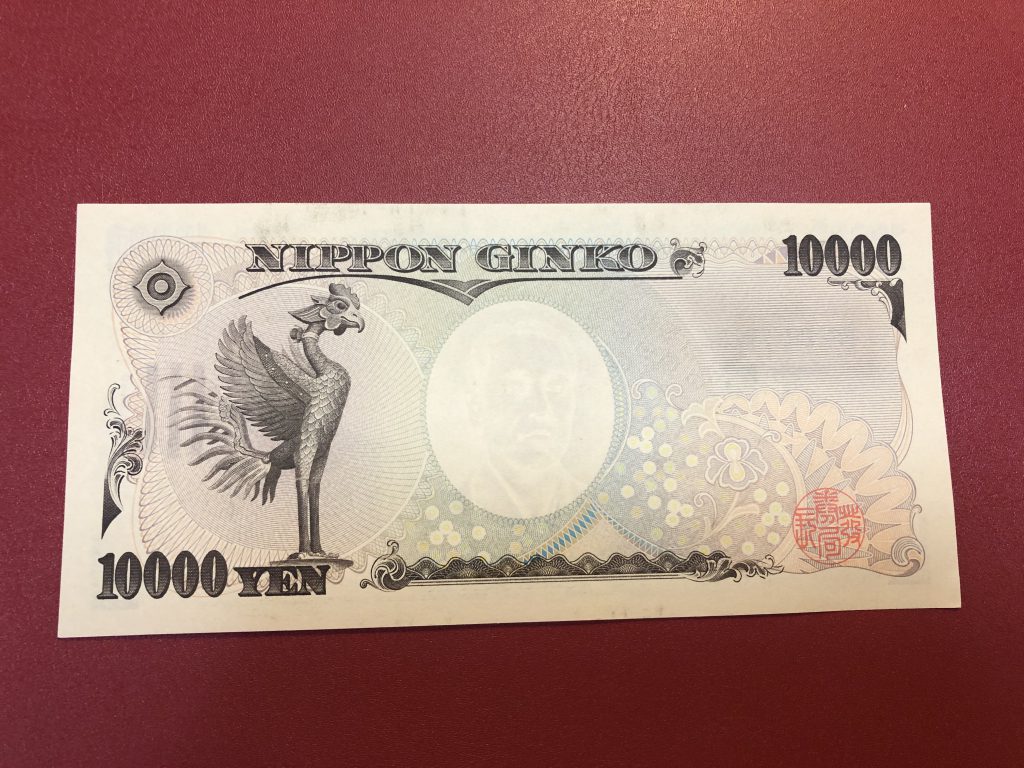
Next, let’s proceed to a museum called Hoshokan, where national treasures other than Phoenix Hall building or the statue of Amitabha are generally exhibited. In particular, the original statues of the phoenixes are breathtaking. Further, it has 52 Bodhisattvas-on-clouds statues which were originally hanging on the inner walls of the Phoenix Hall. When a virtuous person dies, these Bodhisattvas-on-clouds together with Amitabha are supposed to welcome him/her to the pure land. This is my favorite musician bodhisattva. Anyway, the world after death may be fun because no one has come back so far!
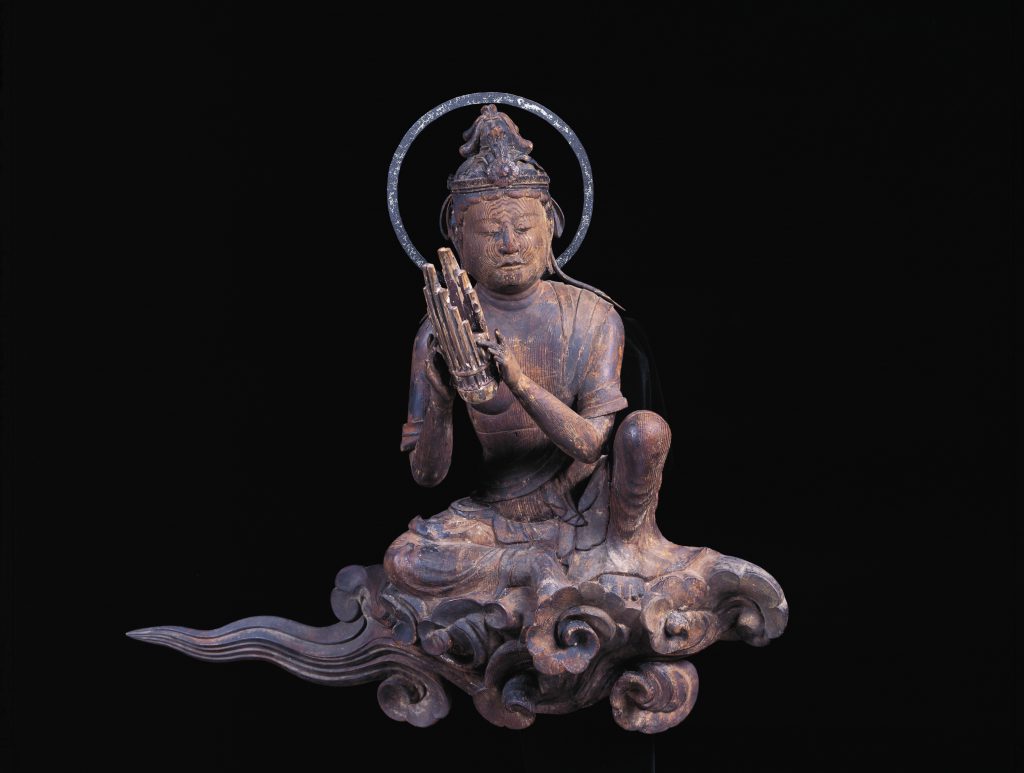
Near the exit of the museum, there is a shop where you can buy special souvenirs. Also, when you go outside, there is a cafe named Toka, where you can spend your quality time. The temple bell near here is the second generation of the original one stored in the museum. There is also the South Gate, where you may enter from here if you arrive by bus. Then, take a walk alongside the museum, behind the Phoenix Hall, and return to the main gate.
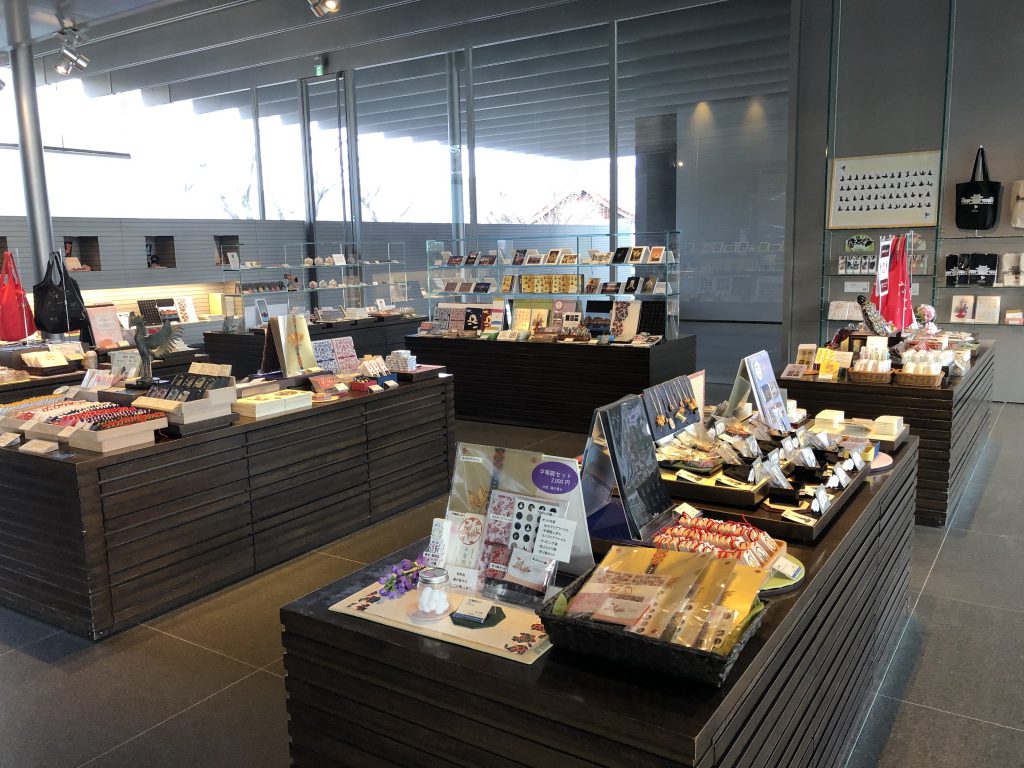
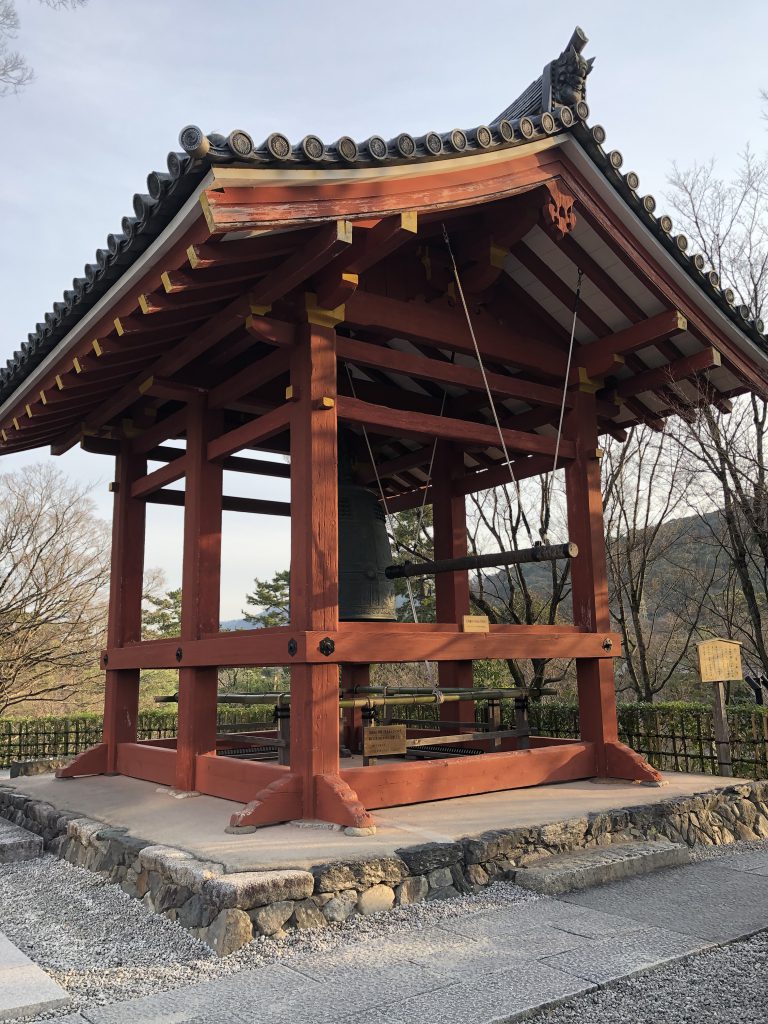
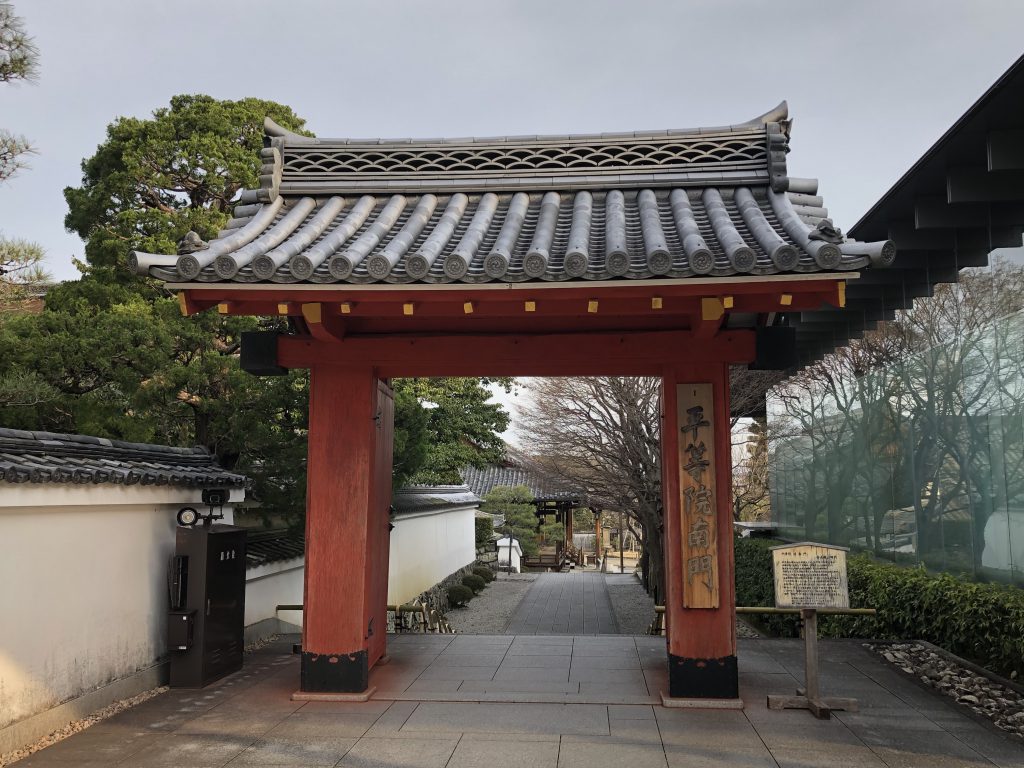
Along the way, you can also look at some of the sub-temples. Near the main gate, please find a wide wisteria trellis which has beautiful flowers blooming from mid-April to early May. Wisteria is important for this temple because it is called “Fuji” in Japanese and is included in the founder’s name “Fujiwara”. So, wisteria represents Fujiwara Family. Byodoin Temple is also famous for the seasonal beauty of cherry blossoms and maple leaves. Come see the elegant temple of the nobles 1000 years ago.
